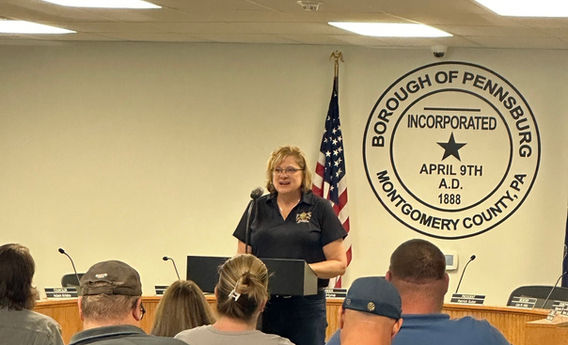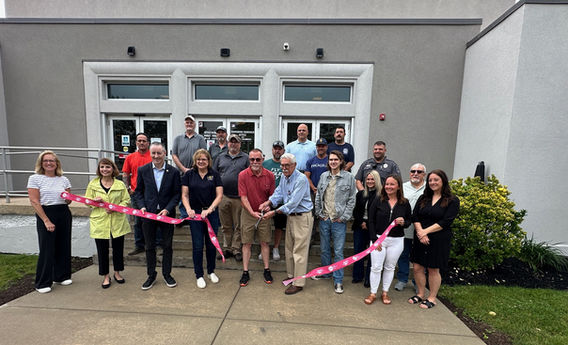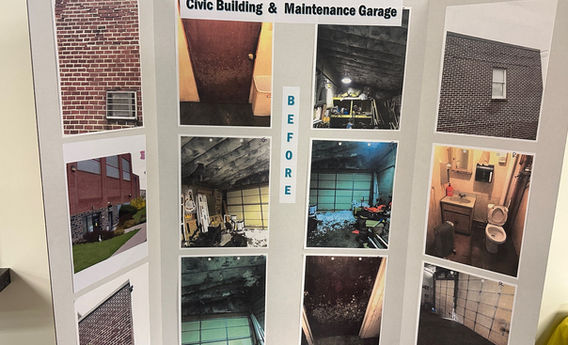
BOROUGH
OF
PENNSBURG
Montgomery County, PA


The Borough of Pennsburg is located is scenic northern Montgomery County. Pennsburg prides itself on being a small, friendly community. With approximately 3,800 residents, Pennsburg Borough covers less than one square mile. Our website provides vital information for residents and visitors about public services, current events, permits, meeting dates and more.
OUR HISTORY

Prior to 1684, the Lenape Indians roamed the hills and fished the streams of the land on either side of the Perkiomen Creek. In 1684, the Indians lost this land when William Penn purchased it for reportedly "two watch coats, four pairs of stockings and four bottles of cider". In time, Pennsylvania Germans settled in the area.
Around 1840, the area now know as Pennsburg began to take on the appearance of a village. The hub consisted of a general store, a carpenter and blacksmith shop and several houses. Most of the land was owned by the Heilig Brothers. They owned and resided in the oldest house in Pennsburg located at Seminary and Fourth Streets. The Heilig Brothers took it upon themselves to refer to this village as "Heiligsville". Residents had their own ideas, and out of loyalty to the then Pennsylvania Senator, James Buchanan, wanted to name the area Buchanansville. As the village grew in size, a meeting was held in 1843 at the Hillegas family store to decide on a permanent name and lay out boundary lines. After a week long bitterly contested battle, it was finally decided to name the village "Pennsburg" after William Penn. In the 1870's, Pennsburg's 75 residents welcomed the arrival of the cigar and railroad industries. These 75 residents collectively petitioned the court in Montgomery County to incorporate into a borough. On November 19, 1887, the 370 acre parcel of land became the "Borough of Pennsburg". Today the area covers nearly one square mile and has over 3,800 residents. While Pennsburg remains rich in heritage, it continues to improve and develop.
2025 Civic Building and Maintenance Garage Renovations Project
Pennsburg Borough worked diligently with the engineering staff to design plans that would address an overwhelming list of renovations. Both buildings were in need to significant repairs.
The Civic Building renovations consisted of a new roof, new windows, exterior lighting and a modern and watertight exterior refinishing.
The maintenance garage also received a major overhaul. These renovations included new siding, new garage doors, construction of a break room, office, kitchen and bathroom, as well as other interior finishings. Lastly, a new salt shed has been installed which stores and protects the road salt used in winter months.
In June, 2025, Council held a ribbon cutting ceremony to celebrate these completed upgrades and the official opening of Seip Park along (Click Here for more information on this much needed project!)











